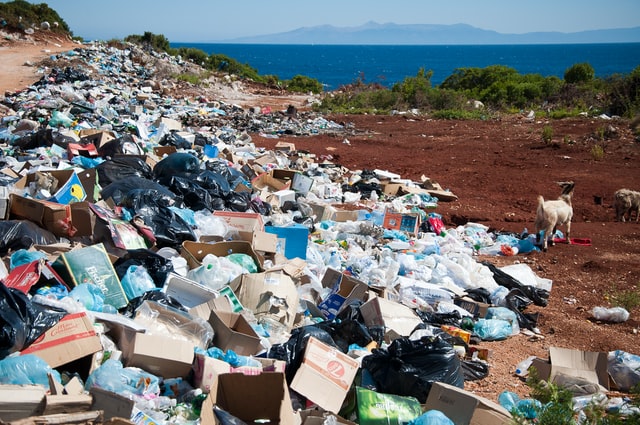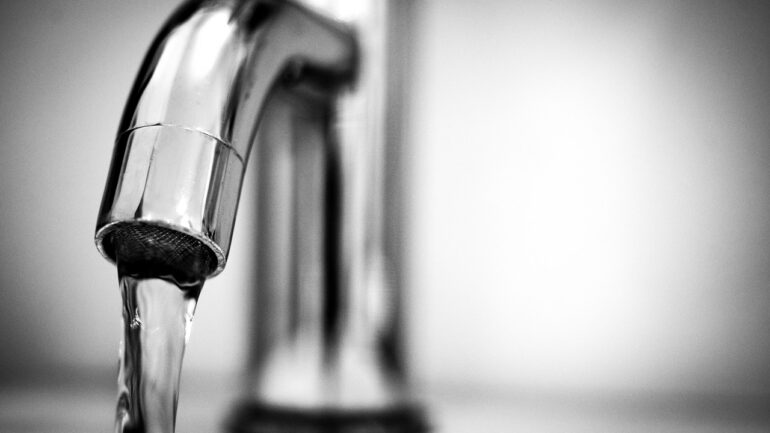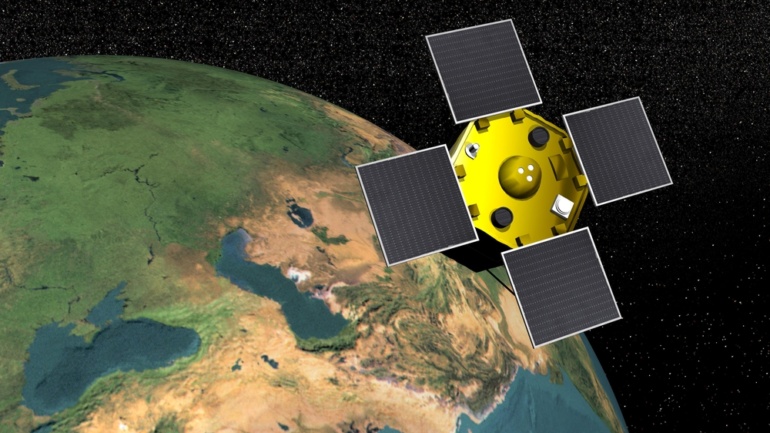By Hoang-Nam Vu, Staff Writer for Save the Water™ | January 28, 2017
Plastic pollution plagues the Great Lakes region and is just one example of the difficulty in addressing the source instead of the symptoms.
One of the most important aspects in treating water contamination is determining and targeting the source. As author Frank Herbert said in his book Dune, “Knowing where the trap is–that’s the first step in evading it”.3 Similarly, the first step in addressing widespread water contamination is knowing what source is causing the pollution and where this source is located–only then can the pollution be treated at its heart instead of merely alleviating its symptoms. This process is simpler in cases of point source pollution when the cause of pollution can be traced back to a single source or location. Examples of point sources are sewage treatment plants and factories, where pollutants are discharged from a specific location. While these cases are in no way easy to address, the source of the pollution is more easily defined, so addressing the problem at its heart is simpler. Things are more complicated, though, in cases of nonpoint sources.
What is nonpoint source pollution?
Nonpoint source pollution stems from various dispersed sources and can result from “land runoff, precipitation, atmospheric deposition, drainage, seepage or hydrologic modification”.1 In these situations, the cause of the pollution cannot be traced back to a single source or location. This makes the pollution itself, therefore, more complex to address directly. And while alleviating widespread water contamination is in no way an easy feat, it is simpler to tackle a single sewage treatment plant than a whole region of nitrogenous runoff.
Plastic pollution in the Great Lakes
A pressing example of nonpoint source pollution lies in the plastic pollution of the Great Lakes. Researchers of a recent study found that “nearly 10,000 metric tons — or 22 million pounds — of plastic debris enter the Great Lakes every year from the United States and Canada”.6 One of the lead researchers even stated that “plastic pollution in Lake Michigan is approximately the equivalent of 100 Olympic-sized pools full of plastic bottles dumped into the lake every year”.6 Such a massive amount of plastic pollution in a relatively condensed area is enough to spark distress, especially when considering the vast impact this extensive plastic pollution may have on the biodiversity of the Great Lakes and their prominence in nearby communities. What may be even more worrying, however, is the challenge of addressing the pollution at its source. Local coastal cleanups and the spread of awareness can help to mitigate such a dilemma, but eliminating the problem in its entirety would require endeavors aimed at the sources of the pollution. Besides, the need for a widespread cultural shift towards advocacy and community participation may be too distant to chase.
Plastic pollution in the Great Lakes region is only one of many contemporary examples of nonpoint source pollution. The Minnesota Pollution Control Agency recently deemed a litany of local bodies of water as “impaired,” explaining that “[s]everal of these bodies of water have eutrophication biological indicators, meaning that too many nitrates and phosphates have caused algae growth that depletes water oxygen levels for aquatic organisms”.2 Another research team recently found that high levels of domoic acid, a natural toxin found in shellfish with the capacity to kill large marine mammals when maintained in excess, have been linked to warmer ocean conditions in the coastal regions of Oregon and Washington.5 All three of the previously mentioned cases share a discernible characteristic: having nonpoint sources. This aspect makes the solutions much harder to achieve but not impossible.
Methods to combat nonpoint source pollution
Communities nationwide have identified methods to halt the sources of nonpoint source pollution and to limit their symptoms, since they are normally more challenging to address. For instance, the Oregon Department of Fish and Wildlife has developed multifaceted models to determine and to anticipate when domoic acid levels in shellfish populations will reach problematic quantities, thus allowing local agencies to “anticipate domoic acid risks and prepare for periods of more intensive monitoring and testing, helping to better inform our decisions and ensure the safety of harvested crab and shellfish”.5 Additionally, the National Oceanic and Atmospheric Administration has proposed various strategies to limit the progression of nonpoint source pollution in the first place. These strategies range from “buffer strips of grass located between and around impervious paving materials and a body of water, aimed at absorbing soil, fertilizers, pesticides, and other pollutants before they can reach the water,” to “porous paving materials that allow rainwater and stormwater to drain into the ground beneath it, reducing runoff,” to the simple “grass planting and laying of straw around construction sites”.4 All of these methods aim to “stop nonpoint source pollution” in its tracks primarily by reducing instances of runoff, which contribute greatly to most cases of nonpoint source pollution.
These strategies, however, are relatively expensive and difficult to implement. The vast majority of solutions to nonpoint source pollution require time and resources that, in this day and age, may be hard to come by. Well-informed organizations such as Save The Water work to identify and to address these dispersed nonpoint sources and other organizations work to implement proposed solutions, such as the infrastructural improvements previously mentioned. After all, the first step to addressing the problem is knowledge. And for nonpoint source pollution, in particular, this is especially true.
References
- Environmental Protection Agency. (2016, November 28). What is a nonpoint source? Retrieved from https://www.epa.gov/nps/what-nonpoint-source
- Frillman, C. (2016, August 05). Minnesota Pollution control: Several Woodbury lakes are impaired. Retrieved from http://bit.ly/2rVdD6x.
- GoodReads. (2017). Dune Quotes by Frank Herbert. Retrieved from https://www.goodreads.com/work/quotes/3634639-dune?page=2
- National Oceanic and Atmospheric Administration. (2009, December 11). Nonpoint source pollution, controlling nonpoint source pollution, NOS education offering. Retrieved from http://oceanservice.noaa.gov/education/tutorial_pollution/015controlling.html
- NOAA Headquarters. (2017, January 10). Warmer West Coast ocean conditions linked to increased risk of toxic shellfish: Experts provide new tools to predict harmful algal blooms off the West Coast. ScienceDaily. Retrieved from www.sciencedaily.com/releases/2017/01/170110120653.htm
- Rochester Institute of Technology. (2016, December 19). Researchers estimate 10,000 metric tons of plastic enter Great Lakes every year: Study inventories movement of plastic and microplastic debris throughout lake system. ScienceDaily. Retrieved from www.sciencedaily.com/releases/2016/12/161219151752.htm




